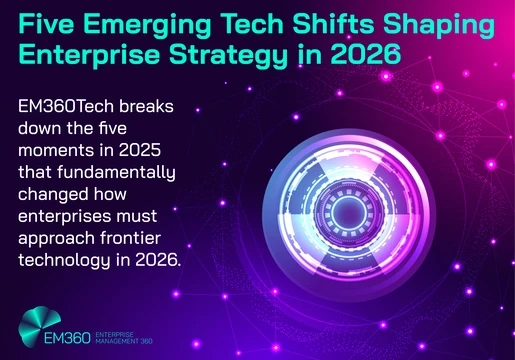It’s an exciting time for financial services, with the ‘Challenger Banks’ living up to their name and pushing the established players in the market to evolve out of their comfort zone and offer more immediate information and 24/7 services.

As the front end has become more glossy and consumer-oriented, the back end, however, has remained mainly in legacy mode.
It is estimated that 90% of all credit card transitions are still processed on mainframes, and mainframe usage is still growing: the global mainframe market was valued at USD 2.40 billion in 2021 and is expected to reach USD 3.18 billion by 2029, registering a CAGR of 3.56% during the forecast period of 2022-2029.
As functional and reliable as these legacy IT systems are, they can create challenges when pressed into service to support this digital future. These challenges drive reluctance to change and create friction in FS companies, whose legacy applications have provided decades of benefit and contain the intellectual property (IP) of their IT processes and calculations. Migrating these applications to the cloud introduces more concerns, including worries about cybersecurity and anxiousness about risk management and compliance with regulatory frameworks.
Many financial institutions are still stuck in their efforts to compete with challengers: application modernization ensures they have the tools they need to build new, innovative products and improve end users' experience. However, banks must grasp this issue as there is also a commercial imperative, not just an IT one. Banks need to think about strategically evolving their legacy systems and updating their infrastructure. Put simply; it is no longer an option to do nothing.
The good news is available mainframe application modernization technology enables movement to the cloud. Those organizational leaders thinking about making the change are in good company. According to a global survey of banking executives published last year by Accenture, 82% of respondents said they plan to move more than half of their mainframe workloads to the cloud, with 22% planning to move more than three-quarters. The majority plan to make these changes within two to five years.
While it is imperative for the banks to embrace this move, their main concern is security and maintaining commercial applications. Unsurprisingly, C-suites get twitchy when moving mission-critical applications that have been stalwarts for decades. An incremental strategy should be adopted to manage risk, avoid business disruption, and migrate securely. Incremental modernization is the way to ensure these needs are met and that the process of updating legacy IT remains on time, on target, and on budget.
Companies should start by identifying their most process-intensive mainframe COBOL applications or programs and first tackle them. Often that means moving compute processes to less expensive environments, freeing up IT budgets. Once these vital applications have been successfully modernized, the business can look to other areas, using their self-funded modernization approach and the money saved from reduced COBOL costs to fund future work and achieve a flywheel effect of modernization.
Breaking down legacy application modernization into projects with a clear, concise scope allows outcomes to be clearly defined, making success easily measurable and reducing risk as the ‘blast radius’ of change is confined. This strategy means businesses can start benefiting quickly from their legacy application transformation, and smaller budgets are needed as an incremental approach costs less per project. Put simply; it makes change manageable.
Incumbents, often burdened by legacy technology, must recognize that maintaining relevance demands modernization and transformation to support innovation. Promisingly, there are signs of increasing use of cloud and hybrid cloud implementation and a focus on transformation. Still, this drive to modernize legacy applications commitment must continue if institutions are to thrive in the digital age. Strategically modernizing and transforming these legacy applications - as, promisingly, there are increasing signs - will be vital if incumbents are to elevate their offering and match the agility of challenger rivals.







Comments ( 0 )